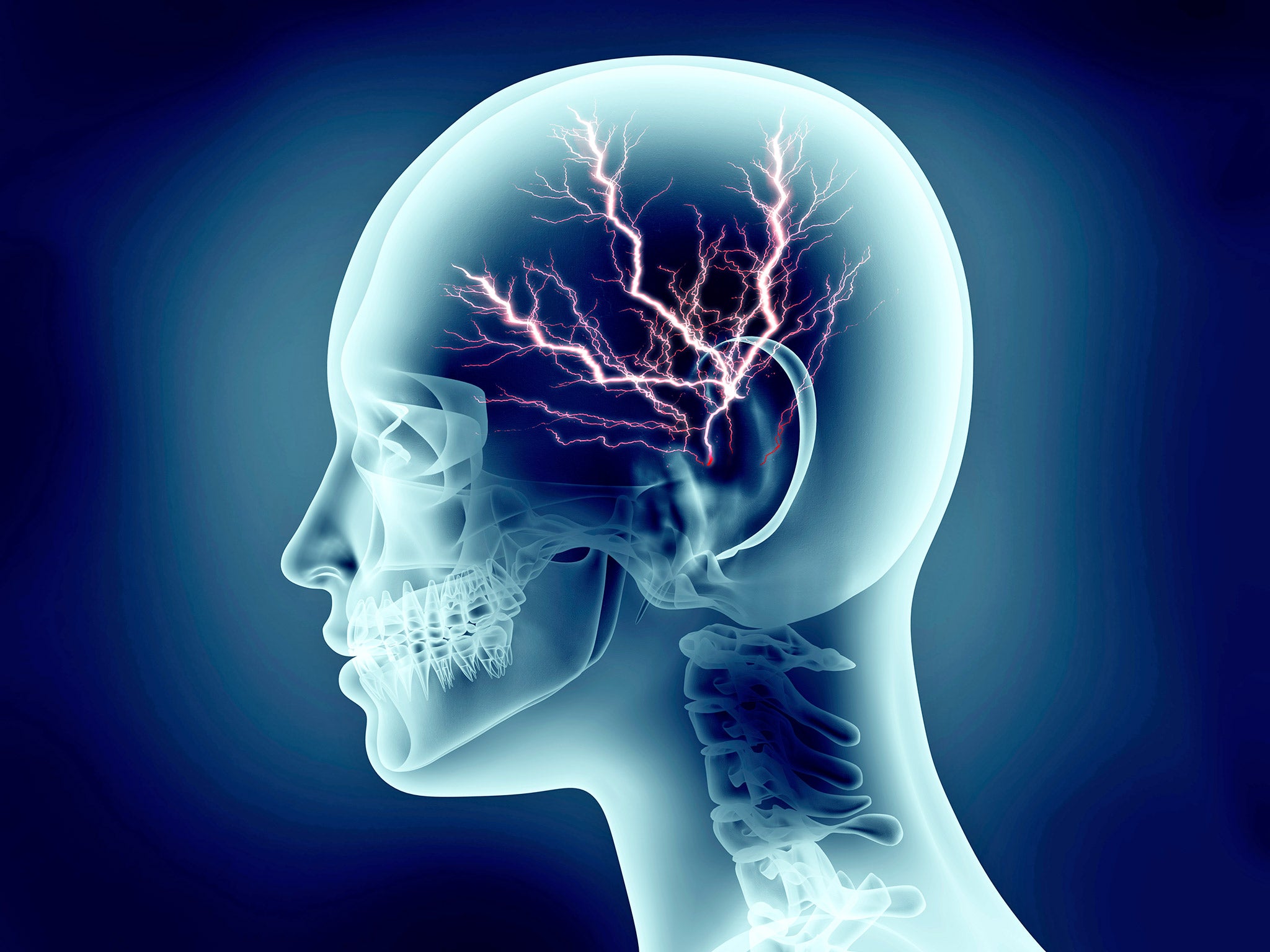Scientists show how we start stereotyping the moment we see a face
'The moment we actually glimpse another person ... [stereotypes] are biasing that processing in a way that conforms to our already existing expectations'

Scientists have known for a while that stereotypes warp our perceptions of things. Implicit biases — those unconscious assumptions that worm their way into our brains, without our full awareness and sometimes against our better judgment — can influence grading choices from teachers, split-second decisions by police officers and outcomes in online dating.
We can't even see the world without filtering it through the lens of our assumptions, scientists say. In a study published Monday in the journal Nature Neuroscience, psychologists report that the neurons that respond to things such as sex, race and emotion are linked by stereotypes, distorting the way we perceive people's faces before that visual information even reaches our conscious brains.
"The moment we actually glimpse another person ... [stereotypes] are biasing that processing in a way that conforms to our already existing expectations," said Jonathan Freeman, a psychology professor at New York University and one of the authors of the report.
Responsibility lies in two far-flung regions of the brain: the orbital frontal cortex, which rests just above the eyes and is responsible for rapid visual predictions and categorizations, and the fusiform cortex, which sits in the back of the brain and is involved in recognizing faces.
When Freeman and his co-author, Ryan Stolier, had 43 participants look at images of faces in a brain scanner, they noticed that neurons seemed to be firing in similar patterns in both parts of the brain, suggesting that information from each part was influencing the other.
Once they were done with the scan, the scientists put participants to work at a computer rapidly sorting those faces into categories: male or female, black, white or Asian, happy or angry. What they didn't tell the participants was that they were tracking the subtle movements of their mouse — looking at where instinct pushed them to go in the first hundred milliseconds after an image appeared, before they had time to process the face and then sort it accordingly.
What they found was that traits seemed to be linked to one another in ways that didn't seem to make sense. When presented with a happy male face, participants' hands were likely to dart toward "angry" in the first fraction of a second after seeing it, even though they would later self-correct and click on the opposite label. Black faces of both genders were likewise initially categorized as "angry." The faces of Asian men, meanwhile, were initially seen as "female."
Those instinctual preferences correlated strongly with the patterns Freeman and Stolier had noticed in the participants' brains. For a brief moment, the neural link between the fast-acting orbital frontal cortex and the face-recognizing fusiform cortex was able to override reality, replacing what participants actually saw with what they expected to see.
Humans do this all the time, Freeman said. The activity of the orbital frontal cortex is what allows us to quickly size up a situation without consciously contemplating every detail. That's how we can walk into a room with table, stove and refrigerator and immediately know we're in a kitchen. It's also how we can spot a creature with sharp teeth and huge claws and know to be afraid before we consciously think, "predator."
"We all have conceptional knowledge that we rapidly bring to bear on our visual perceptions," Freeman said. "And usually if it's inappropriate it will be quickly cleared from processing."
But the danger is that these initial perceptions seem to help reinforce or exacerbate existing biases. And if that's the case, he added, "then it stands to reason that this would bias people’s behavior."
This doesn't mean that we are all hopelessly hard-wired to be prejudiced, Freeman is quick to emphasize. In a third section of the study, participants were asked to look at a bunch of traits (aggressive, caring, violent, intelligent) and sort them according to what race and gender they are stereotypically associated with (no faces involved this time). This wasn't a measure of what they actually, consciously thought, he said, but instead gave a sense of the kind of biases they'd been exposed to from society at large — for example, the belief that men are more aggressive than woman.
Although the participants didn't personally endorse those stereotypes, it's clear that they affected the participants' unconscious thinking. Stereotypes can be like poison in the water we all swim in, and the brain, like a sponge, absorbs them, Freeman said, even when we don't want it to.
But the fact that stereotypes seem to be learned, rather than innate, gives reason for hope. If our unconscious biases — and the neural connections that reflect them — are acquired over the course of our lives, then we can also shed them.
"That’s our next step," Freeman said. "Looking at how malleable they are, looking at creating them and taking them away."
"By better understanding the mechanisms that underlie these implicit biases due to stereotypes," he continued, "the hope is that we can better develop interventions to reduce or possibly eliminate them."
Join our commenting forum
Join thought-provoking conversations, follow other Independent readers and see their replies
Comments
Bookmark popover
Removed from bookmarks